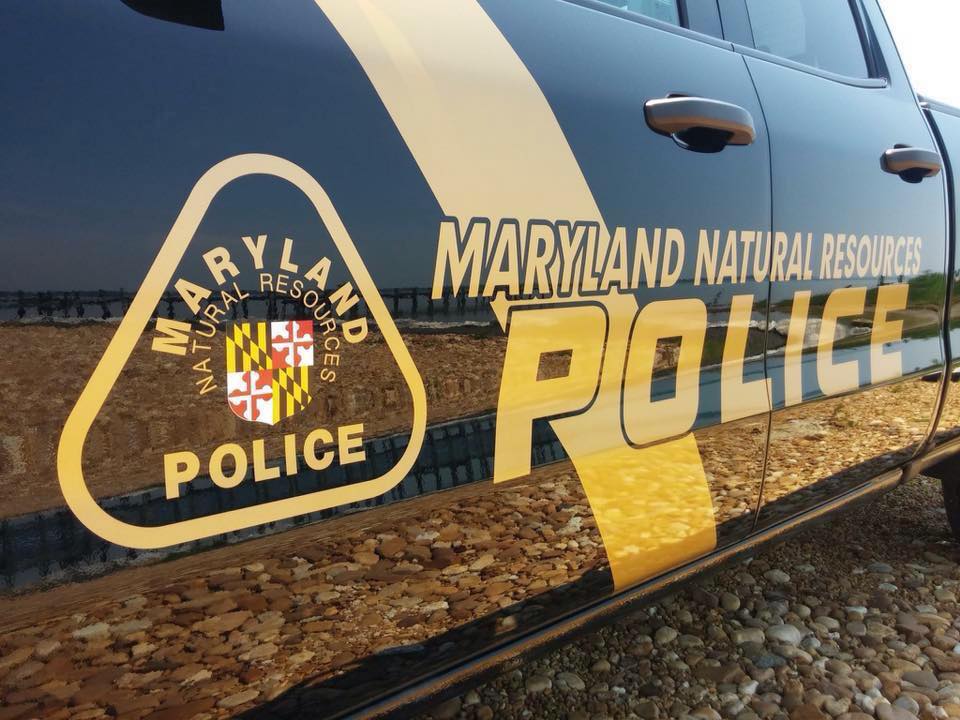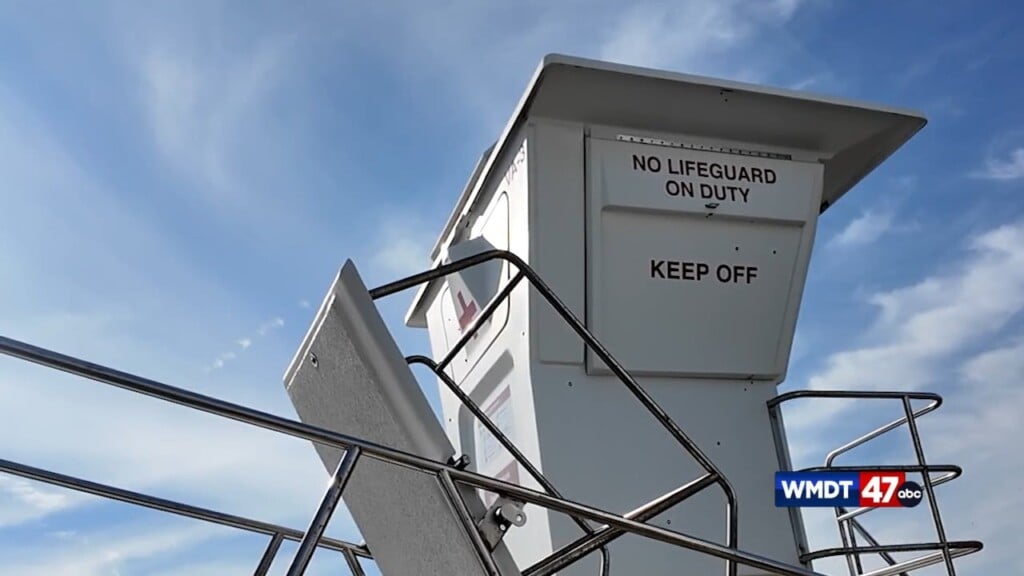Md. critical area map highlights crucial wetlands, due for an update
MARYLAND – A map crucial to preventing overdevelopment along the Chesapeake and Maryland’s Atlantic Coastal Bays is getting a big update.
Crucial for Conservation
Each of the Eastern Shore’s counties fall under the critical area map. It covers those waters, the land beneath them, and any land within 1,000 feet. In total, about 11% of the state of Maryland, or 680,000 acres, are covered by the map.
“The critical area purpose is to target development where it’s already developed, and keep open spaces open,” said GIS project manager for the Eastern Shore Regional GIS Cooperative (ESRGC), Ryan Mello. “The point is to kind of keep those resource conservation areas as open as possible… Most of the counties have formally adopted their maps. We’re focused now on the Lower Shore.”
How the Map Affects You
The map has three separate designation for lands and waterways, depending on the level of nearby development. Limited development areas typically include four dwellings per acre, and intense development areas, with high density and development. The third designation is resource conservation rea. That usually includes natural and agricultural areas; one dwelling per 20 acres.
“It basically is about land use, and resources protection,” said Cassie Dyson, environmental planner for Dorchester County Planning and Zoning. And, it’s implemented at a local level. So, when you come in and you want a building permit, or you want to subdivide, if you’re within the critical area, you’re subject to be reviewed under that program.”
Mello says that preventing pollution runoff into local waterways is a key part of the effort.
“It’s basically not creating the entire shoreline as built-up, and allowing runoff to just shoot off into the [Chesapeake] Bay,” said Mello. “So, it’ll help meet the goals that we have for cleaning up the Bay.”
Due for an Update
The program was born from a 1984 law, requiring the areas to be mapped. Those initial maps were based off of hand-drawn wetlands surveys from the 1970’s. Today, the maps are subject by state law to an update every 12 years.
“Now that we have better technology, we’re using those things to redo the maps,” Dyson said.
In 2008, state law also mandated that the maps be digitized, in an effort to ease access to the information, and facilitate future updates. Somerset and wicomico counties are currently going through their map approval processes for the most recent updates. Mello says Worcester County may begin their process later this year.
Looking Ahead
Next week, Dorchester County officials are holding a public meeting on their own critical map update. Homeowners in that county, who do live in the affected map areas, were notified by letter to attend the meeting.
Ahead of that, the ESRGC has an online map that you can check, and see if you live in one of those critical zones.
“Anyone in Maryland can type in their address, and it shows where they are, in relation to the critical area. And, if you’re in the critical area, it gives you your designation, and it also gives you information on what that designation means,” Mello said. “And, it can connect you with people in your county or town so that you can learn more about what you’re able to do on your property.”
Dorchester County’s public map meeting will take place at Cambridge South Dorchester High School on May 9th, starting at 6 p.m.


